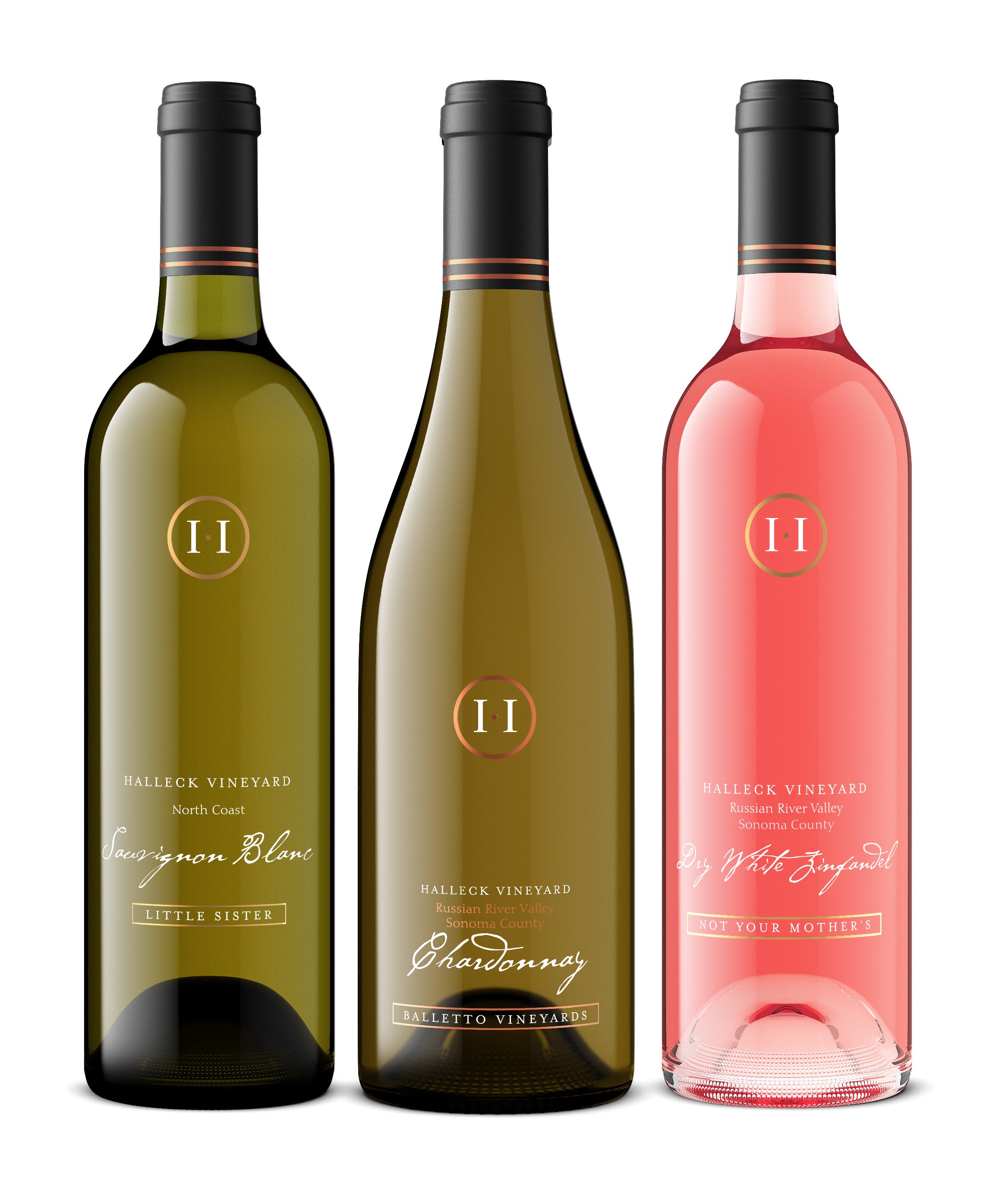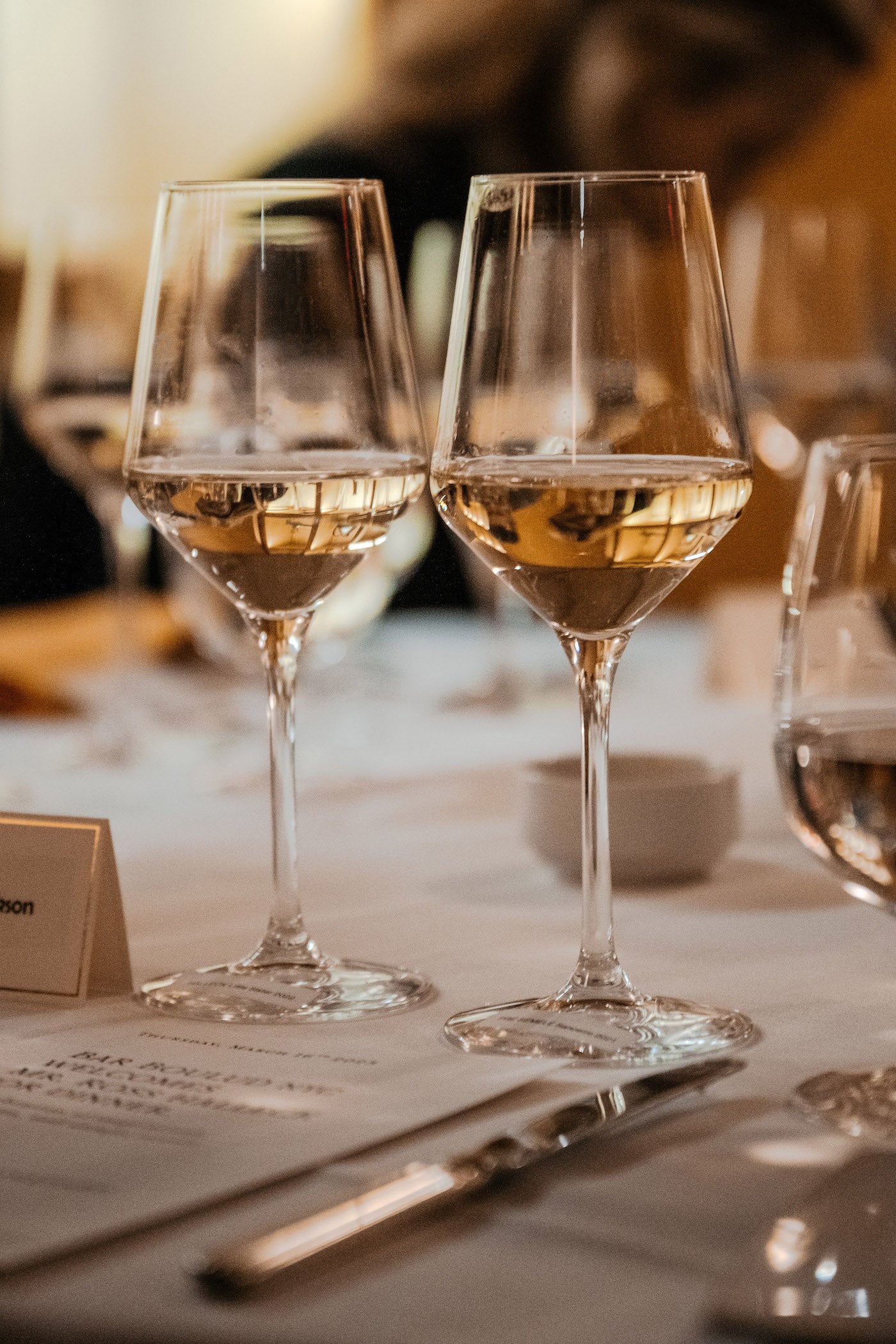Wineries That Offer Dog Friendly Areas - Sonoma Wineries With Vineyard Views
Wineries In The Heart Of Sonoma County Wine Region - Sonoma Vineyards Worth Visiting
Wine tasting is an art that mixes sensory experience with an appreciation for the nuances of various varietals. How to evaluate flavors in winery wine tasting periods is pivotal to grasping the complexities of wine.
Partaking in a wine tasting includes more than simply sipping and savoring. It requires a centered strategy to identify aromas and flavors that every wine presents. As you start, observe the wine's look, noting its color and clarity. These visual cues typically counsel a wine’s age, grape variety, and even potential flavor profiles.
The next step within the tasting course of is to swirl the wine in your glass. This action releases aromatic compounds that are vital for evaluation. Lean in and take a moment to inhale deeply; the aromas can range from floral and fruity to spicy and earthy. The nostril of the wine is simply as essential as the palate, and recognizing scents plays a significant position in understanding the general experience.
When taking your first sip, enable the wine to move throughout your palate - Wineries Pairing Wine With Chocolate. Discover the initial flavors that current themselves. Is the wine fruity, floral, or perhaps herbaceous? This initial style gives perception into what the wine is more probably to categorical as you continue to judge it. The mouthfeel also contributes to the general flavor experience; it may be silky, tannic, or even effervescent.
Best Wineries For Wine Tasting In Sonoma - Explore Sebastopol Area Vineyards
As you proceed tasting, pay attention to the wine’s stability. A well-balanced wine will harmonize acidity, sweetness, and tannins. If one element overwhelms the others, it'd point out a much less fascinating quality. Evaluating balance can help you determine how properly the wine might pair with food.
Transitioning to the end, contemplate how the flavors evolve as the wine lingers on your palate. A long, nice finish can point out a high-quality wine, whereas a short or abrupt end might counsel in any other case. Replicate on whether or not the flavors remain consistent or if new notes emerge as the wine settles. This progression can reveal complexities and intricacies that may not have been apparent in the preliminary tasting.
Temperature is also a vital think about evaluating wine flavors. Different types of wine are optimally enjoyed at particular temperatures. White wines typically shine when chilled, while red wines usually perform greatest at room temperature. When tasting, ensure the wine is on the acceptable temperature to completely recognize its character.
Wineries With Unique Varietals - Wine Tasting In Sonoma County
Pairing food with wine can significantly enhance the tasting experience. Foods can influence the notion of flavors in wine, either highlighting sure traits or diminishing them. When evaluating flavors, contemplate how the wine interacts with completely different foods, noticing which flavors are amplified or muted (Wineries Located Near Russian River Valley).

Think About the influence of terroir as you interact in a winery tasting. Terroir encompasses the unique environmental factors that have an effect on grape rising, together with soil composition, local weather, and geography. Understanding a wine's terroir can provide insight into its flavors and aromas, fostering a deeper appreciation for the alternatives made throughout its cultivation and manufacturing.
Schooling plays a elementary role in enhancing one's capability to evaluate wine flavors. Learning about grape varieties, wine areas, and production strategies can pave the way for more informed judgments during tastings. Moreover, attending workshops or classes can refine sensory skills and broaden your flavor vocabulary, enabling you to articulate tasting notes more effectively.
Finally, it is important to do not neglect that evaluating wine see this flavors is a extremely personal experience. Particular Person preferences and perceptions will invariably form one’s tasting journey. Enjoyment must be on the forefront, with the analysis course of performing as a tool to reinforce understanding and appreciation somewhat than create inflexible pointers.
Charming Wineries With Views In Sonoma Valley - Sebastopol Area Wineries Offering Wine
In conclusion, mastering tips on how to consider flavors in winery wine tasting classes includes a mix of sensory engagement, information, and practice. By learning to determine aromas, assess the steadiness, and recognize the intricacies of flavor, wine enthusiasts can deepen their connection to each bottle they encounter. As with any art kind, the more one immerses themselves in the experience, the extra they may discover and enjoy the huge world of wine.
- Start by observing the wine's shade and clarity, as these visual elements can hint at its flavor profile and aging potential.
- Swirl the wine gently in your glass; this releases fragrant compounds, allowing you to higher establish the advanced scents associated with the wine.
- Take a deep inhale before tasting, focusing on both major and secondary aromas to collect insights on fruits, spices, and different nuances.
- When tasting, permit the wine to coat your palate; note the initial flavors, the mid-palate complexity, and the end as these phases can provide completely different flavor highlights.
- Pay consideration to texture and mouthfeel, as aspects such as tannin ranges, acidity, and sweetness contribute considerably to the general tasting experience.
- Compare flavors towards commonplace wine characteristics; for red wines, contemplate berry notes, oak influence, and herbal tones, whereas whites might embody citrus, stone fruits, and floral hints.
- Take notes through the tasting session to trace your impressions, serving to you to remember and evaluate the completely different wines sampled.
- Focus On your findings with fellow tasters or winery workers, as sharing insights can enhance understanding and appreciation of individual flavors.
- Enable time for the wine to breathe; generally, flavors evolve and reveal new dimensions after being exposed to air.
- Experiment with food pairings in the course of the tasting as they can dramatically alter how flavors are perceived, influencing total enjoyment.undefinedWhat ought to I look for when evaluating the aroma of wine during a tasting?
Begin by swirling the wine in your glass to launch its aromas. Convey the glass to your nose and take a deep breath. Pay consideration to the first scents you detect, as these are often essentially the most prominent. Look for fruit, floral, natural, or earthy notes and attempt to establish specific characteristics, which can deepen your understanding of the wine's complexity.
Scenic Vineyard Tours In Sebastopol - Sebastopol Area Wineries Offering Wine

How can I distinguish between completely different flavor profiles in wine?
Understand that flavor profiles are sometimes categorized as fruit, floral, herbaceous, spicy, or mineral. Take small sips and allow the wine to coat your palate. Notice the first flavors that emerge first and the refined notes that comply with. This layering is essential in distinguishing the wine's traits and can allow you to appreciate its unique profile.
Wineries With Breathtaking Gardens In Sonoma - Sonoma Wine Region Vineyards
What is the importance of the wine's texture in a tasting?
The texture of the wine, also referred to as mouthfeel, performs a vital function in how we perceive flavors. Pay attention to whether the wine feels clean, creamy, or gritty. The body of the wine (light, medium, or full) can enhance or distinction with flavors, offering a extra rounded experience throughout tasting.
How do I assess the steadiness of flavors in wine?
Balance in wine refers back to the harmony between acidity, sweetness, tannin, and alcohol. Take a moment to evaluate whether these parts complement or interfere with one another. A well-balanced wine will have none of its parts overpowering the others, creating a pleasant tasting experience.
Wineries Offering Charcuterie And Wine Pairings - Explore Sebastopol Area Vineyards
What function does temperature play in evaluating wine flavors?
Temperature can considerably impact the perception of flavors. Generally, purple wines are finest served barely beneath room temperature, while white wines benefit from being chilled. As the temperature modifications, the aromas and flavors can shift, permitting you to perceive completely different characteristics. It’s essential to style wine at its optimum temperature for true analysis.
Wineries With Breathtaking Gardens In Sonoma - Family-Owned Wineries In Sonoma
How can I enhance my tasting skills over time?
Practice is linked here essential to bettering your tasting skills. Breathtaking Views From Sonoma Wineries. Attend tastings, maintain a journal of your experiences, and discover several types of wines to broaden your palate. Moreover, learning about wine production and grape varieties can present context that enhances your analysis course of, making you a more informed taster.
Is there a particular order in which I should style the wines?
Historical Wineries To Visit In Sonoma - Wine Tasting At Sonoma Vineyards
Sure, it’s advisable to style wines from light to full-bodied and dry to sweet. This development prevents the stronger flavors from overshadowing the extra delicate ones, permitting you to totally recognize every wine's traits and nuances without palate fatigue.
How can I evaluate the aftertaste of wine?
Elegant Wine Tasting Locations In Sonoma - Sebastopol Vineyard Visits
The aftertaste, or finish, is a crucial side of the wine-tasting experience. After swallowing, pay consideration to how long the flavors linger on your palate and whether they change. A long, nice end is often an indicator of a high-quality wine, while a short or disagreeable end might counsel otherwise.
Why is it essential to notice the wine’s acidity during tasting?
Acidity contributes to the overall freshness and construction of the wine. Pay consideration to the tingling sensation in your tongue; higher acidity can improve the wine's liveliness and stability out sweetness. Noting acidity helps determine the wine's versatility with food and its aging potential.
What should I do if I struggle to determine particular flavors in wine?
Upcoming Wine Festivals In Sonoma County - A Guide To Sonoma Wineries
Struggling to determine flavors is widespread, particularly for newbies. Focus on broader categories and describe what you probably can acknowledge, similar to sweet or earthy notes. With practice, studying about completely different flavor profiles, and maybe utilizing flavor wheels, you may refine your senses and develop a extra nuanced strategy to tasting.